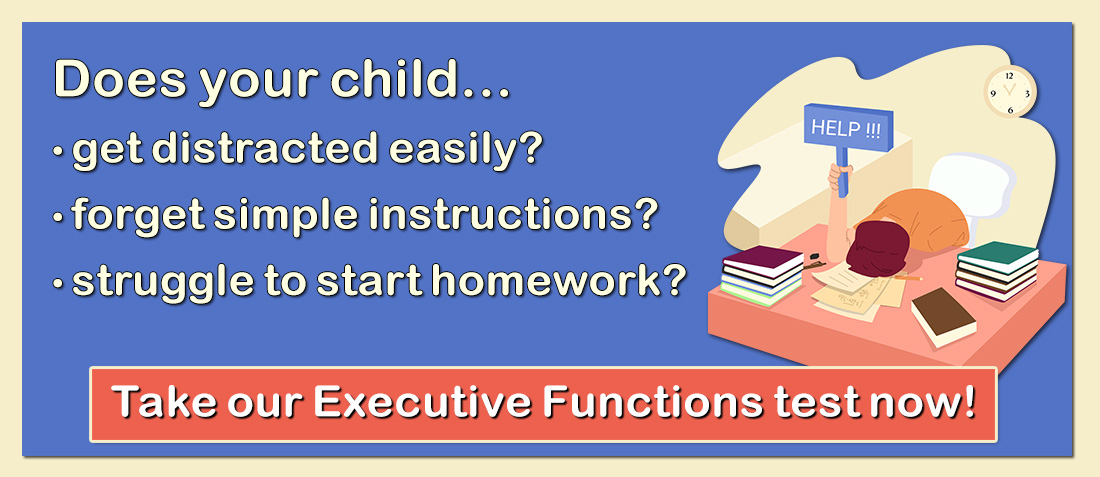 The physical benefits of exercise have been well documented for generations. The U.S. Department of Health recommends that people get at least 60 minutes of moderate to vigorous physical activity most days of the week. Studies indicate that children who exercise regularly develop a relationship with their bodies that is inconsistent with alcohol, drug, and tobacco use. Regular exercise also leads to higher levels of energy, self esteem, and stamina for school, work, and other activities.
The physical benefits of exercise have been well documented for generations. The U.S. Department of Health recommends that people get at least 60 minutes of moderate to vigorous physical activity most days of the week. Studies indicate that children who exercise regularly develop a relationship with their bodies that is inconsistent with alcohol, drug, and tobacco use. Regular exercise also leads to higher levels of energy, self esteem, and stamina for school, work, and other activities.
Exercise is an important tool for managing stress and helping in regulating anger and anxiety. Research demonstrates that physical exercise strengthens higher-order thinking skills such as organization, task initiation, and sustained attention, also known as executive functioning. Exercise has also been proven to be effective in promoting positive moods.
In addition, regular vigorous exercise has been demonstrated to improve academic performance and sustained attention in children with ADHD and Learning Disabilities. Following an exercise routine can lead to greater self-confidence, which may improve performance in academic and social situations.
Studies have also found that while aerobic exercise helps strengthen attention and learning, greater gains may occur with activities that demand more coordination, such as walking on a balance beam or unstable object, rock climbing, or learning piano. Sports that involve complex body movement such as karate, tennis, and baseball are also more effective at improving executive functions. Any motor skill more complex than walking has to be learned, and therefore exercises your brain more rigorously, resulting in more connections between neurons (brain cells).
It often takes some time for a person who has not previously exercised to develop the habit of exercise. It is a good idea to go slowly and to keep the focus on enjoying the activity. When exercise is presented as another chore, children may become resistant to the idea. However, when physical exercise becomes a family value woven into family activities on a regular and fun basis, everyone benefits.
Recommendations
Here are some easy ways to incorporate exercise into your family’s routine:
1. Model commitment and pleasure from physical exercise.
It is unrealistic to expect children to be active if they see their parents living a sedentary lifestyle. Find a way to do a minimum of 30 minutes of exercise 5 times per week.
2. Make exercising part of your family’s daily routine.
Engage in a fun physical activity every night before or after dinner. Go for family walks or bike rides, play soccer or wiffle ball in your yard, work out with an exercise video, dance, or play games that require you to get up and move (see #9).
3. Have your child help to plan a fun, physically-active event each weekend.
Suggest activities such as playing sports, hiking, taking bicycle trips, having a treasure hunt, going to the driving range or batting cages, bowling, going to the beach, or visiting amusement parks, zoos, aquariums, or museums.
4. Make outings easy and fun for a child’s participation:
- Have backpacks designated for each type of outing, so that you are ready to go at a
moment’s notice (for instance, one with sunscreen, water bottles, towels, pails and shovels,
and extra clothing for a trip to the beach). - Keep a binder with brochures for parks, the Audubon Society, miniature golf, etc.
- Maintain an ongoing file with up-to-date “things to do” lists in your newspaper/magazines.
5. Join the YMCA or local community center.
This will provide your family with a place to continue to be active in cold weather. These centers offer classes your children can participate in such as swimming, yoga, karate, dance, spinning, and more. They also have family nights where the whole family can play a sport together or go swimming.
6. Enroll your child in an organized activity such as gymnastics, ice skating, yoga, karate, or dance.
Consider whether your child prefers individual or group games before enrolling the child in anything. Keep the focus on the fun of the game and don’t become overly involved in any competitive aspect.
7. Help keep your child motivated to exercise.
Many children are more motivated to exercise when listening to music. Have children listen to their favorite music on an iPod or MP3 player while exercising. Children can also be motivated by keeping track of how long or how much they exercise, and then trying to beat their time/distance the next time they exercise. Nike makes an iPod sports kit that helps children keep track of the distance, time, pace, and calories they burn each time they walk or run. Children can also use a pedometer to keep track of how many steps they have taken.
8. Have all family members keep track of their exercise activities.
Use paper or on-line journals to keep track of how many times a week everyone has exercised and for how long. Perhaps the person who has exercised the most could pick the family’s weekend activity.
9. Have indoor activities available on days you can’t make it outside.
Play video games and board games that require your child to get up and move, such as Dance Dance Revolution, Hullabaloo, and Wii fit or Wii Sports games. Get a treadmill and place it near the television so your children can exercise while watching educational videos.
10. Give toys and sports equipment that are conducive to active play for birthday and holiday gifts.
You can also give memberships to the gym, community center, or YMCA.
For children’s safety, ensure that they wear appropriate protective gear such as helmets, goggles, life vests, and wrist/knee pads when exercising.
Websites
Kidshealth: This website contains information on how to raise a fit and healthy child.
About.com – Sports: This site offers suggestions on how to get children of all ages active.
About.com – Family Fitness: This site offers suggestions for exercise activities for children of all ages.
About.com – Why Exercise: There are many articles on this site discussing the benefits of exercise.
Books
Medina, John. (2008). Brain Rules: 12 Principles for Surviving and Thriving at Work, Home, and School. Seattle, WA: Pear Press.
Ratey, John J. and Eric Hagerman. (2008). Spark: The Revolutionary New Science of Exercise and the Brain. New York, NY: Little, Brown and Company.
Receive online class information and helpful tips from Dr. Randy Kulman's LearningWorks for Kids |




